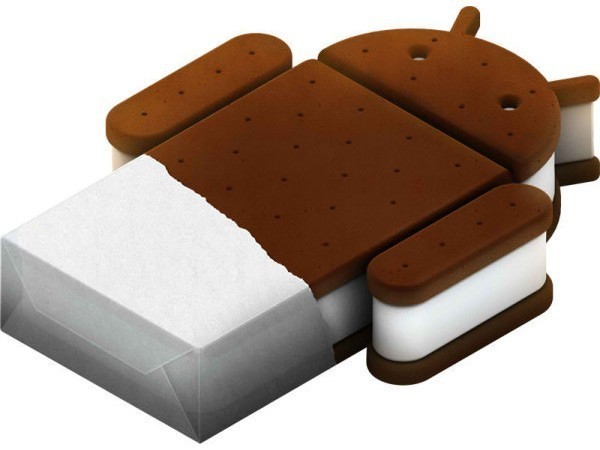 |
| Lenovo LePhone was one example, we will see more of this in the future |
Over the last couple of moths I have been testing phones with 4” screen and above. That has changed my view on touch typing and not least the weight of a phone. I have never minded carrying a heavy phone before. The Desire Z checks in at 180g, but I knew that it was the priced you paid for the QWERTY keyboard. It was a productivity choice and I fairly quickly got used to the weight of it. The first 4” phone I tested was the LG Optimus 2X, and even if I never came to enjoy using the LG user interface, it was the turning point for me. The extra 0.3” made all the difference. It sounds strange that, this small amount of extra space can change the experience that much, but trust me it does. The size of the touch keys get just big enough that I actually god most words right. Now the spell checker more and more turned in to a problem for me, but that is whole other store. The Optimus 2X weighs 139g and is still a fairly heavy phone, but it’s a lot better and a lot thinner than the Desire Z. After the Optimus 2X, I tested the Motorola Atrix, and just recently the Samsung Galaxy Note. The Galaxy Note weights 168g so it’s still a heavy phone but with a screen at 5.3" it’s well worth it.
The QWERTY Smartphone has always been a niche product. Not many made it; HTC, Samsung and Motorola all have one or two models. Nokia had more, but focused on the same form factor as RIM (Blackberry). Both Nokia and RIM have lost a lot of ground the last year and HTC have no replacement for the Desire Z planed. Motorola still have QWERTY Smartphones, both in the Blackberry form factor and the slide out versions. Samsung also have some left in their lineup, but the numbers of models are fading. Everybody is focusing on touch screen Smartphones, and the size of those screens seems to grow every year. Google and Samsung just lunched the Google Nexus Prime, a 4.6” Android phone. HTC has the Sensation XL at 4.3” and the Titan at 4.6”. Samsung have them all beat with the Galaxy Note at 5.3”. So with the size of the touch screen growing and more and more consumers getting used to typing on the screen instead of on a hardware keyboard, the QWERTY Smartphone is dying.
At the same time, on the tablet market, we are seeing a movement in the opposite direction. One of the more prominent Android tablets the Transformer is build to dock with a keyboard. The next Android tablet from Asus the Transformer Prime, have the same dock. Even the iPad seems to be getting a hardware keyboard now. I’m not talking about the iPad 3, but about all the wireless keyboard docks being offered and sold for the iPad. The tablet offers ease of use and transportability, but at the price of no keyboard. To be productive on a tablet you need a keyboard. The iPad have been around for more than 2 years, but it’s only in the last 6 - 8 months the keyboard dock sales really have gone up. The honeymoon period of the tablet is over and now they have to prove them self's as real business tools. I predict the same thing is going to happend with large screen Smartphones.
The 4” Smartphones have been around for less than 12 months and the larger ones are just coming out now. As Smartphones with screens at and above 4.6” starts to enter the business arena, they will slowly move in on the tablet domain, since most people do not want to carry around 3 devices (phone, tablet, notebook) all the time. Large screen Smartphones can replace tablets for most tasks. They offer the same screen resolution, and with Android 4, will be running the same OS. At the same time the tablet with its keyboard dock will move in on the notebook domain. They will be running iOS, Android or most likely Windows 8. This move up the hierarchy will create a need for keyboard docks for the large screen Smartphone. Wireless keyboard for Smartphones is no news. They have been around for some time, but have spent 2 - 3 years in hibernation with the rise of the QWERTY Smartphones. Now the QWERTY Smartphone is fading away and I foresee a bright future for the foldable wireless keyboard. Add a MHL to HDMI link cable (or netbook dock) to the mix and the large screen Smartphone suddenly can morph from a phone, to a tablet, to a netbook type device for use on travel and vacation.
The QWERTY Smartphone might be dying, but I believe we have not seen the last of the hardware keyboard for Smartphones yet.





